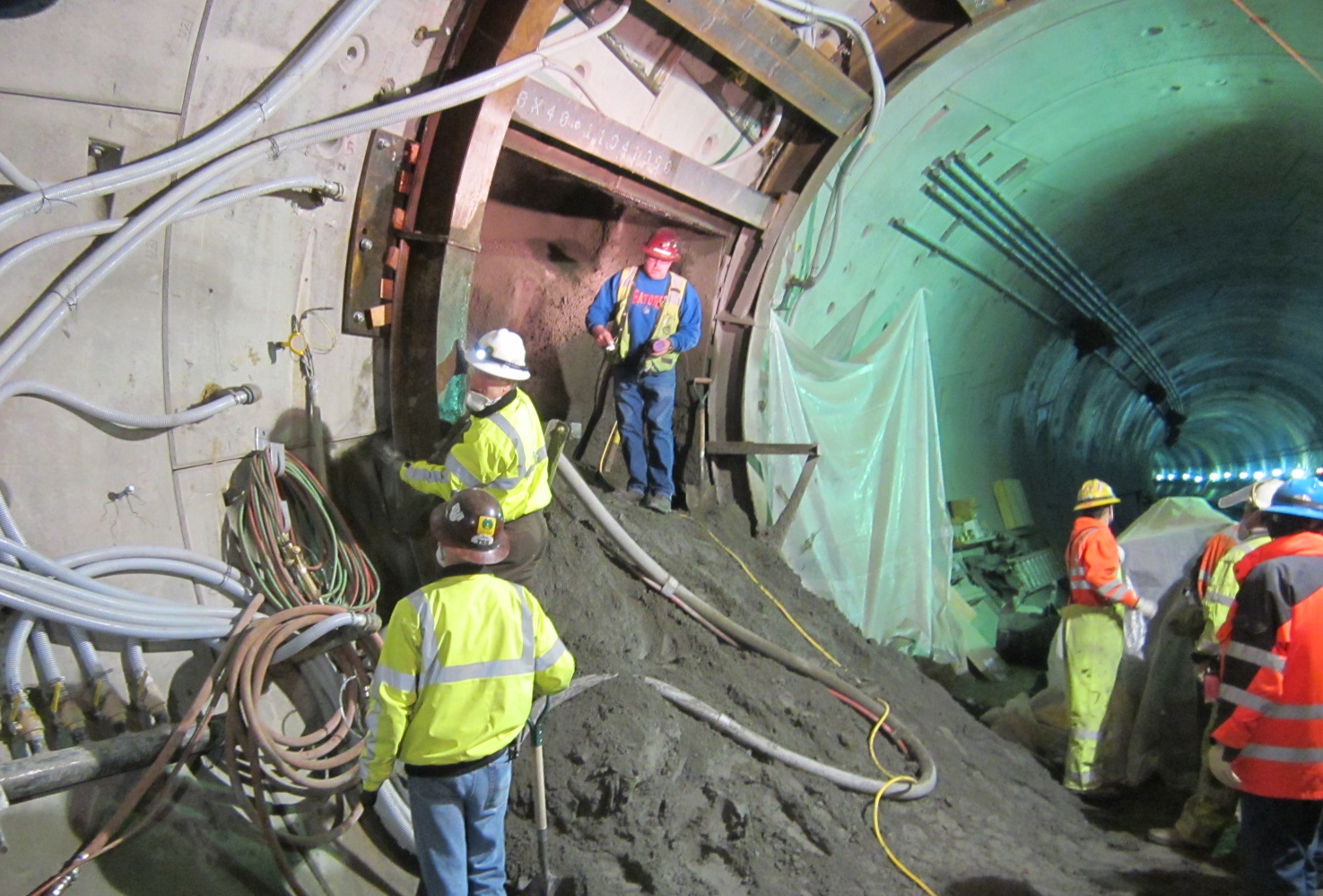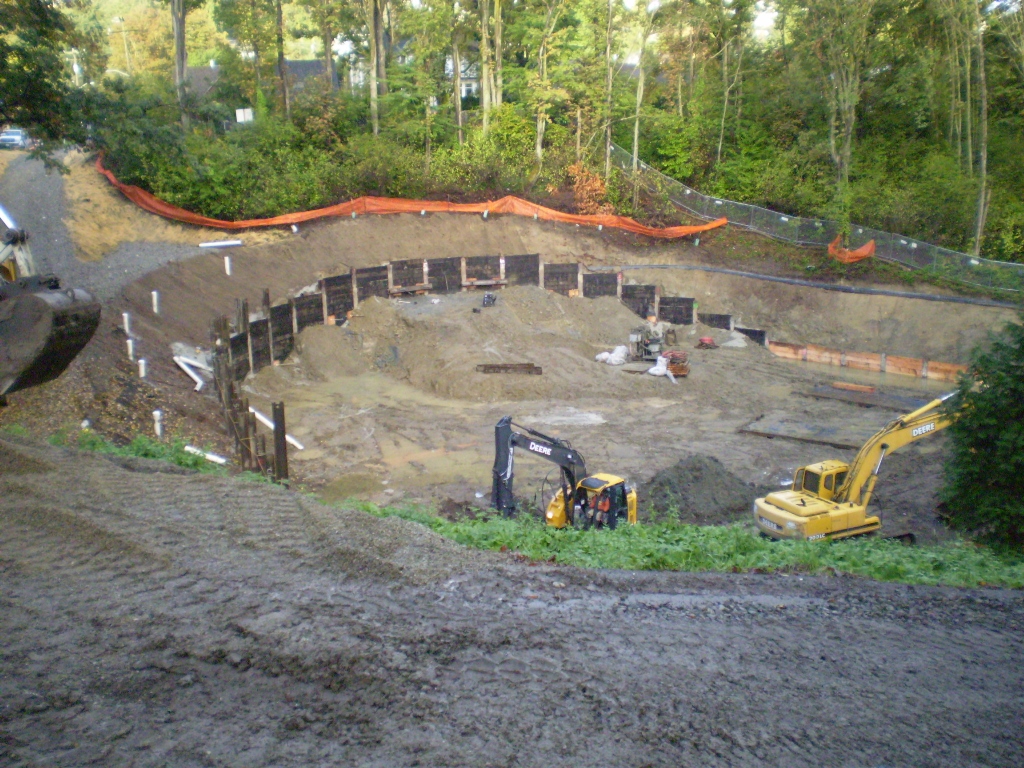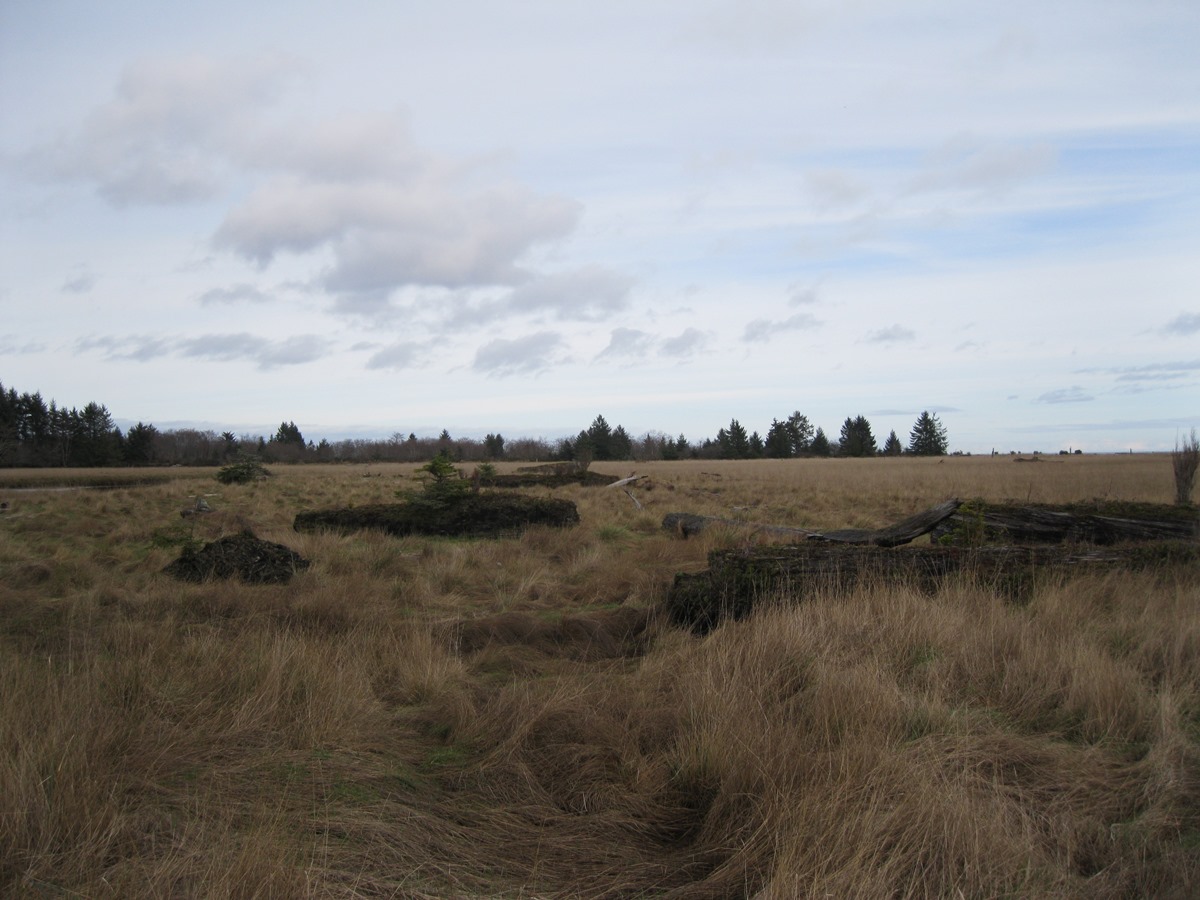The Problem
Bellevue’s Newport Shores neighborhood lies on a low floodplain of Coal Creek near Lake Washington. Increased development in the area created more frequent and severe flooding of the neighborhood, due partly to five undersized culverts beneath the major roads. Replacing each culvert with a bridge will improve stormwater drainage and flow to Lake Washington and restore the creek habitat for endangered fisheries.
Photo Credit: City of Bellevue
How We Helped
Aspect is providing the geotechnical engineering and construction observation expertise to design and construct the five bridges along with two new stormwater outfalls. Design innovations to evaluate the deep and seismically sensitive soils include state-of-the-art methods developed by the University of Washington to evaluate large-scale lateral spreading acting on bridge foundations and options for reducing lateral loading using new-to-the-region grouted helical piles. Our team worked with the City of Bellevue to select a deep drilled-shaft foundation system and coordinated closely with the City and the other consultants to keep neighborhood residents informed of our work and progress.
Aspect also worked with the City to evaluate risks and cost-effectiveness of options for mitigation for settlement of bridge approaches using articulated approach slabs, lightweight fills, and maintenance pavement.
Milestones for the City
Work is progressing, with three of the bridges already constructed and design work on the last two underway. As proof of the project’s effectiveness, salmon returned to Coal Creek this winter, and are now spawning upstream of the recently completed bridges.
Photo Credit: City of Bellevue
















































